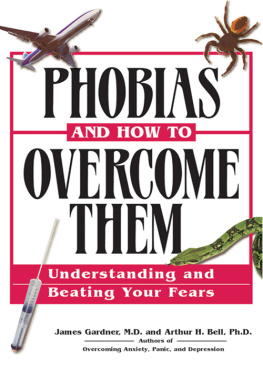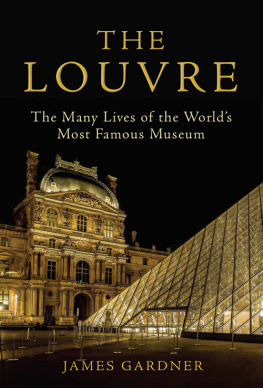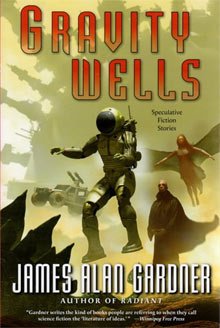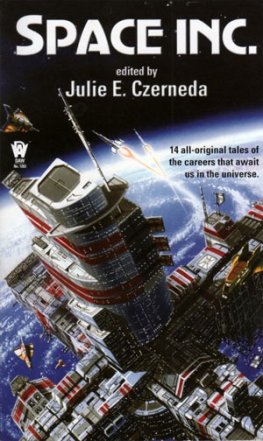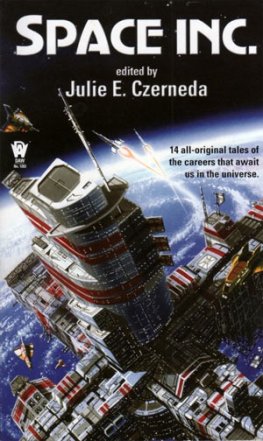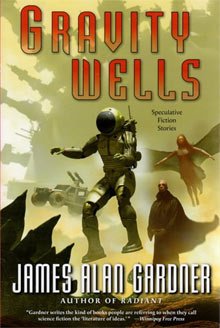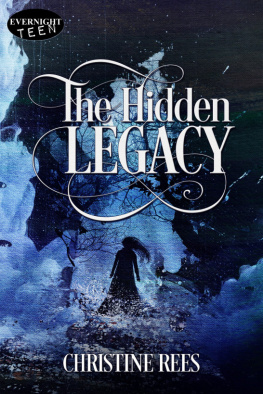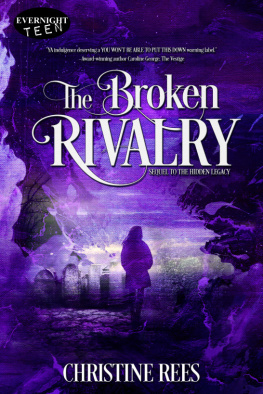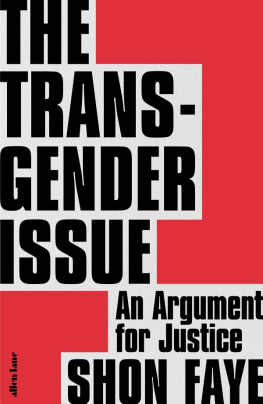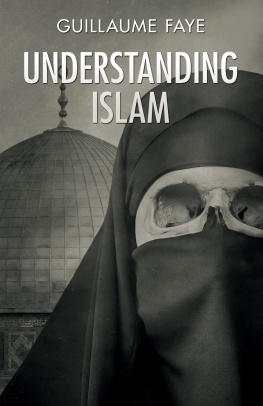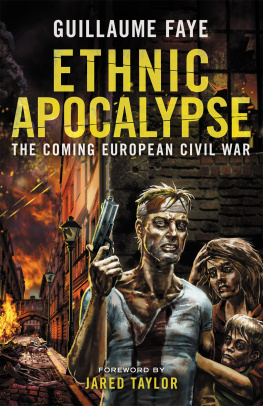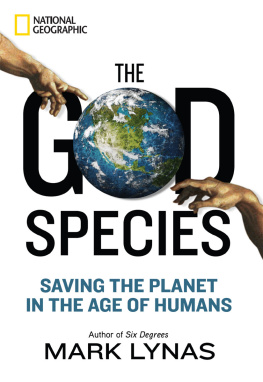Vigilant
by James Alan Gardner
To Peter Fraser, who gave me a job, a computer, time to do what I wanted, and a lot of paper sneaked out the back door.
I acknowledge the people who helped me write/revise/polish this tome: Linda Carson, Richard Curtis, and Jennifer Brehl. Where would I be without them?
I acknowledge that John Brunner wrote The Stone That Never Came Down some twenty-five years ago and that I lifted a crucial aspect of the Vigil from it. (Wouldnt it be spiffy if all the people who borrowed from Brunner actually admitted it? And wouldnt it be spiffy if you, dear reader, went out and bought Brunners books to see what Im talking about?)
Finally, I acknowledge that there was originally going to be a lot about politics in this book but every time I tried to sneak some in, it stuck out like a sore thumb. Our friend Faye is so new at her job, no one would let her close to real political action. Besides, she joined the Vigil for personal reasons, not through any great urge to get involved in the democratic process. Oh well maybe next book, the characters will get out of the way and let me pontificate.
THE STRUCTURE OF THE TECHNOCRACY
In a.d. 2454, the Technocracy consists of the following:
(a) Sixty-three planets with full membership (called the Core or mainstream worlds);
(b) Ninety-two planets with "affiliate" status (usually called the Fringe Worlds);
(c) Several hundred colony worlds founded by people who espouse some degree of loyalty to the Technocracy. Colonies range from small scientific outposts of a half-dozen researchers, to settlements of a few hundred thousand inhabitants.
The mainstream worlds share a single integrated administration. Fringe Worlds, on the other hand, all have independent governments, subject to various obligations as Technocracy affiliates (such as providing port facilities for the navy).
There is only one law that applies to all worlds: the single directive of the League of Peoples, unflinchingly enforced by races so far advanced beyond human intelligence that the directive might as well be a fundamental law of the universe: NO DANGEROUS NON-SENTIENT CREATURE WILL EVER BE ALLOWED TO MOVE FROM ITS HOME STAR SYSTEM TO ANOTHER SYSTEM.
"Dangerous non-sentient" means any creature ready to kill a sentient creature, or to let sentients die through willful negligence. The law makes interstellar war an impossibility; the only conceivable wars are civil ones, restricted to a single planet. Starships cannot carry lethal weapons no laser-cannons on the hull, no guns for personnel because those are automatic statements of non-sentient disposition. (Weapons for self-defense? Whom would you be defending against? The only beings allowed into interstellar space are sentients. By definition, they arent going to try to kill you.)
Intention counts: even if you are completely unarmed, if you travel through space with the objective of killing someone when you reach your destination, you are inherently a dangerous non-sentient creature. Therefore, you dont reach your destination you simply die en route. No one knows how the League can tell that you have murder in your heart whether they read minds or see the future or have simply achieved omniscience. (The Leagues senior races have had a billion-year evolutionary headstart on Homo sapiens; to describe them as godlike is belittling.)
The inescapable truth is that no human has ever beaten the League; not in the twenty-fifth century, nor in all the years of recorded history. Dangerous non-sentient creatures murderers have to consider themselves grounded the moment they cease to respect sentient life the moment they become non-sentient.
Sometimes people wonder if non-sentient beings can ever become sentient again. By rehabilitation. By repentance. By redemption. And if a killer has a true change of heart, will the League accept it? Or are you simply condemned forever by the person you once were?
Always an interesting question
I want to tell you everything, everything all at once.
I dont want to be plod-patient, setting it down in sequence: first the plague, then the cave-in, then the years of Other Business, when everything seemed like a burden to get out of the way before real life could start. Everyone knows this is real life, its all real life, sixty seconds of real life every minute, no one gets less.
But you can take less. All the time youre swimming in the ocean of real life, its so precious easy to keep your eyes closed and just tread water. Even so, if youre lucky, you might be caught in a current, a current thats carrying you toward something
No, too simplistic. Were all caught in currents, dozens of the buggers dragging us in different directions sixty seconds every minute, and its never as obvious as people want you to believe. You live through a day, and at the end you grumble, "I didnt do anything" but second by second you did do things, you occupied every second, just as you occupy every second of every day.
Heres the thing, the crucial thing: your life is full. And if you dont realize that then youre just like the rest of us, but thats no excuse.
I want to tell you everything, everything at once. I want to explode and leave you splattered bloody with all the things I have to say kaboom, and youre covered with me, coated, dripping, deafened by the blast. A flash of instant knowledge: knowledge, not information. Burning hot. Blinding bright. Blasting down the ingrained walls of carrion-comfort cynicism.
How can I do that? How? The peacock can show its whole tail at once; but I can only tell you a story.
The story starts with death. If you werent there, on the fair green planet Demoth in the year 2427, you cant imagine what the plague was like, and I cant convey the enormity of it. No one stayed sane no one. All of us who lived through those days came out the other side mumbling under our breaths, quivering with twitches, tics, and phobias. Real bitch-slapping nightmares of bodies in the streets.
The bodies werent human. That was the ugliest part of Pteromic Paralysis, the slack death us Homo saps were immune. Death counts rose by the day, and we were lily-pure untouched.
It only killed our neighbors.
Our neighbors were Ooloms, a genetically engineered branch of the Divian race: basically humanoid, but with scaly skins that changed color like wide-spectrum chameleons from red to green to blue, and everything in between. Ooloms also came equipped with glider membranes on the general model of flying squirrels triangular sails attached at wrists and armpits, then running down their bodies and tapering to a point at their ankles. Their bones were hollow, their tissues light, their internal organs spongy with air vacuoles rather than solidly dense. Given Demoths forgiving gravity (.78 Earth G), Ooloms had no trouble flapping-gliding-soaring through city or countryside.
I was a countryside girl myself back then: fifteen years old, living in a fiddly-dick mining town called Sallysweet River, population 1600 one of only four human settlements in the vast interior of Great St. Caspian Island. Around us, tundra and trees, stone and forest, stretched proud unbroken wilderness all the way from my doorstep across a hundred kilometers to the cold ocean coast.
Not that it made me feel small. I was as full of myself as any girl I knew: me, the beautiful, blond, smart, occasionally even sexy Faye Smallwood.
So much for the "before" picture before the plague. After? Ill get to that.
It was late summer in Sallysweet River when we first heard tell of the disease. My father, Dr. Henry Smallwood, was the town M.D., always reading the medical newsfeeds to me and giving his on-the-spot opinion. A session with Dads might go like this: "Well then, Faye-girl, heres some offworld laze-about whos come to Demoth for a study of our poisonous animals lizards and eels and what-all. Can you imagine? He wants to protect us all from snakebite or some fool thing as if theres a single creature on the planet that


